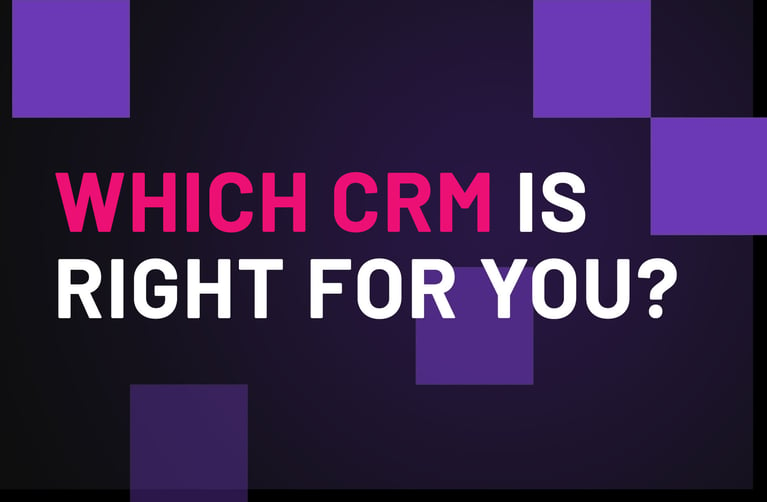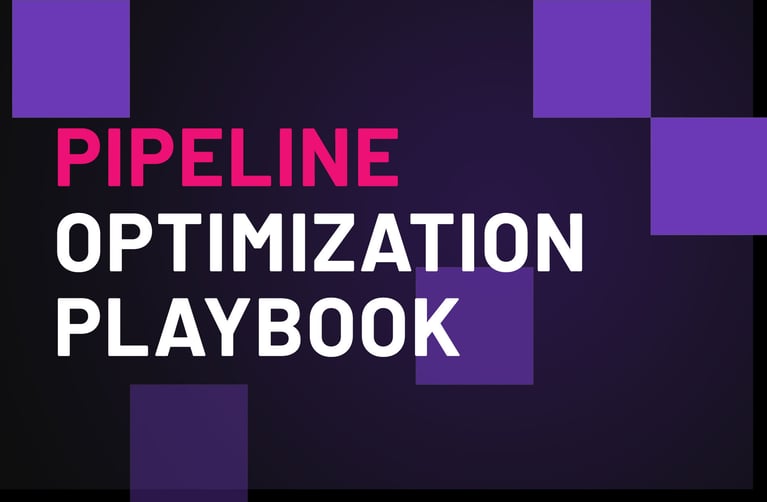
GA4: THE FUTURE OF MARKETING ANALYTICS?
July was a big month for digital marketers. Meta launched Threads, Twitter rebranded to X, and Google sunset Universal Analytics. In its place, we now have the much-anticipated Google Analytics 4 (GA4) platform.
Technically, GA4 is nothing new. It came out of beta in October of 2020. But change is hard, so we aren't judging you if you waited until the last minute to migrate 😉.
Now that GA4 is officially here, it's time to dive in and catch yourself up to speed on what it's all about.
HOW IS GA4 DIFFERENT FROM UNIVERSAL ANALYTICS?
Universal Analytics was launched more than a decade ago when desktops and cookies still reigned supreme. It's safe to say consumer behavior has changed a lot since then.
GA4 is Google's answer to these changes. Designed to track complex user journeys and comply with new data privacy regulations, GA4 ushers in a number of changes that marketers should know about.
1. EVENT-BASED TRACKING 🎯
Universal Analytics primarily tracked pageviews and sessions. GA4 introduces event-based tracking, which offers a more holistic view of the user journey.
With event-based tracking, every interaction a user has with your website or app is recorded as an "event", such as:
- Clicks
- Site searches
- Video plays
- Scrolling
- File downloads
- And more
Beyond these out-of-the-box events, GA4 also has recommended events and custom events to fine-tune your reporting. Pretty neat!
2. NEW DASHBOARDS & REPORTS 📈
Universal Analytics featured more than 80 pre-made reports; in GA4, there are only about 20 standard reports. However, GA4 adds Explorations.
The Exploration tool provides much greater flexibility in how you analyze your data compared to standard reports. There are far too many use cases for us to cover here, but some of the most intriguing possibilities include:
- Cohort exploration: Analyze a group of users that share a common characteristic (e.g. an event or conversion). For example, you could generate a cohort report to compare how long it took users to become a customer after visiting your landing page.
- Funnel exploration: Visualize the steps your users take to complete an event. For example, you can see what steps users took before signing up for your webinar to identify where people are falling off in the process.
- User lifetime exploration: Visualize how users behave after they become a customer. This can uncover important insights such as which sources and campaigns are driving the highest lifetime revenue.

3. MACHINE LEARNING & PREDICTIVE ANALYTICS 💡
With the introduction of the General Data Protection Regulation (GDPR) and other data privacy measures, it’s becoming more difficult to track users with cookies. GA4 solves this problem by using data modeling and machine learning to fill in gaps in user data — no cookies required!
GA4 also provides predictive metrics to help you anticipate upcoming user actions and trends, such as:
- Purchase probability: The probability of a user who was active in the last 28 days making a purchase in the next week.
- Churn probability: The probability of a user who was active in the last seven days of not being active in the next seven days.
- Revenue prediction: The predicted revenue from purchases in the next 28 days from users active in the last 28 days.
Pro tip: You can use this data to create highly effective retargeting campaigns.
This is just the beginning of all that GA4 has to offer — but that also means it comes with a steep learning curve. If you're feeling stuck in your GA4 journey, we're happy to help. Just drop us a line here and we'll be in touch.
😉 TLDR: GA4 tracks every user action, fills in data gaps with machine learning, and gives marketers even greater visibility into user data with flexible reporting.












